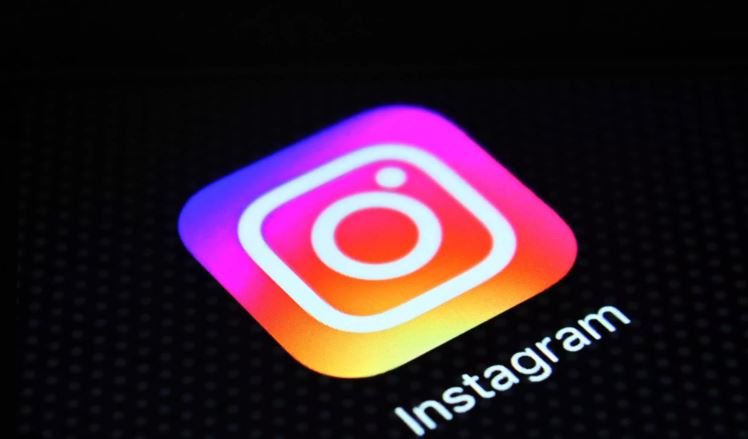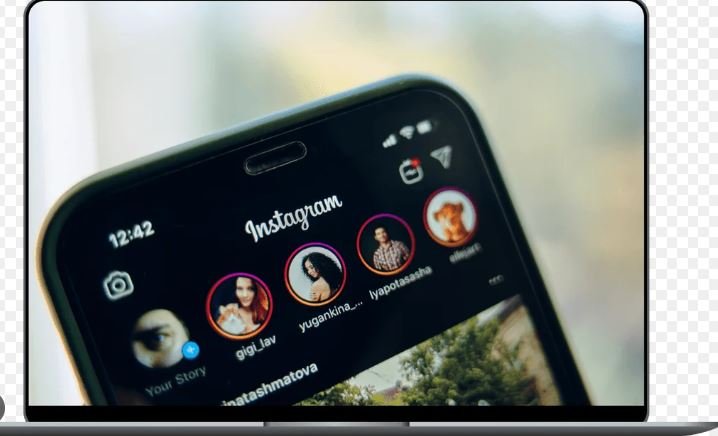Instagram continues to evolve as one of the most influential platforms for advertisers, especially with its emphasis on visual content and a highly engaged user base. As businesses look to the future, staying ahead of emerging trends is crucial for maintaining a competitive edge. Here are some key trends to watch in Instagram advertising:

Increased Focus on Video Content
Video content is gaining more traction on Instagram, particularly with the rise of Instagram Reels and Stories. As attention spans shorten, quick, engaging videos are becoming more effective in capturing user interest. Advertisers should consider shifting more of their content strategies toward video, utilizing short-form videos to deliver impactful messages quickly.
Key Points:
- Short-form videos (Reels) outperform static images in engagement.
- Videos provide a dynamic way to showcase products and tell stories.
- Brands should experiment with different video formats, from tutorials to behind-the-scenes content.
The Growth of Shoppable Content
Instagram Shopping has become a game-changer for eCommerce, allowing users to purchase products directly through posts and Stories. The integration of shopping features into Reels and Live broadcasts is expected to grow, offering more opportunities for brands to create shoppable content. This trend blurs the line between content and commerce, making it easier for users to buy without leaving the app.
Key Points:
- Shoppable posts and Stories streamline the purchase process.
- Instagram is likely to introduce more features to enhance the shopping experience.
- Brands should focus on creating visually appealing and easy-to-navigate shoppable content.
The Rise of Augmented Reality (AR)
AR is set to revolutionize Instagram advertising, providing interactive experiences that engage users on a deeper level. From virtual try-ons to immersive brand experiences, AR ads allow users to interact with products in new and exciting ways. As Instagram continues to develop its AR capabilities, expect to see more brands experimenting with this technology to create memorable campaigns.
Key Points:
- AR enhances user engagement by allowing interactive experiences.
- Virtual try-ons and 3D product views will become more common.
- Early adoption of AR can set brands apart from competitors.
Emphasis on User-Generated Content (UGC)
User-generated content is becoming increasingly valuable in Instagram advertising. Consumers trust content created by other users more than traditional ads, making UGC a powerful tool for building authenticity and credibility. Brands are likely to invest more in encouraging and curating UGC to leverage the power of word-of-mouth marketing.
Key Points:
- UGC builds trust and authenticity for brands.
- Encouraging UGC can increase brand engagement and loyalty.
- Brands should create campaigns that incentivize users to share their experiences.
Personalization and AI-Driven Ads
Artificial Intelligence (AI) is transforming how ads are delivered on Instagram. With AI-driven insights, advertisers can create highly personalized campaigns that target users based on their behavior, preferences, and past interactions. This trend towards hyper-personalization will make ads more relevant and effective, enhancing user experience and boosting conversion rates.
Key Points:
- AI enables more precise targeting and personalization of ads.
- Personalized ads improve user experience and engagement.
- Expect to see more dynamic and responsive ad content based on real-time data.
Sustainability and Social Responsibility
As consumers become more conscious of environmental and social issues, brands are increasingly expected to align with these values. Instagram advertising will see a growing emphasis on sustainability and social responsibility, with brands showcasing their efforts in these areas. Ads that highlight ethical practices, eco-friendly products, and social initiatives are likely to resonate more with audiences.
Key Points:
- Consumers favor brands that demonstrate social and environmental responsibility.
- Ads should highlight sustainable practices and products.
- Transparency and authenticity in messaging are crucial.
The Integration of Influencer and Affiliate Marketing
Influencer marketing will continue to play a significant role on Instagram, but with a growing focus on micro-influencers and affiliate marketing. These influencers, who have smaller but highly engaged audiences, can drive more authentic connections and conversions. Brands will increasingly collaborate with influencers on affiliate-based campaigns, where influencers earn commissions on sales generated through their content.
Key Points:
- Micro-influencers offer higher engagement rates and authenticity.
- Affiliate marketing provides measurable ROI for influencer partnerships.
- Expect to see more integrated influencer campaigns with direct links to products.
Enhanced Analytics and Performance Tracking
As Instagram’s advertising platform matures, the demand for more sophisticated analytics and performance tracking will grow. Brands will need better tools to measure the impact of their campaigns, understand audience behavior, and refine their strategies. Instagram is likely to roll out more advanced analytics features, enabling advertisers to make data-driven decisions more effectively.
Key Points:
- Enhanced analytics will provide deeper insights into ad performance.
- Brands will use data to optimize campaigns in real-time.
- Accurate tracking of ROI will become increasingly important.
Conclusion
The future of Instagram advertising is set to be dynamic and innovative, with trends like video content, shoppable posts, AR, and AI-driven personalization leading the way. Brands that stay ahead of these trends and adapt their strategies accordingly will be better positioned to engage their audience, drive sales, and achieve long-term success on the platform.




